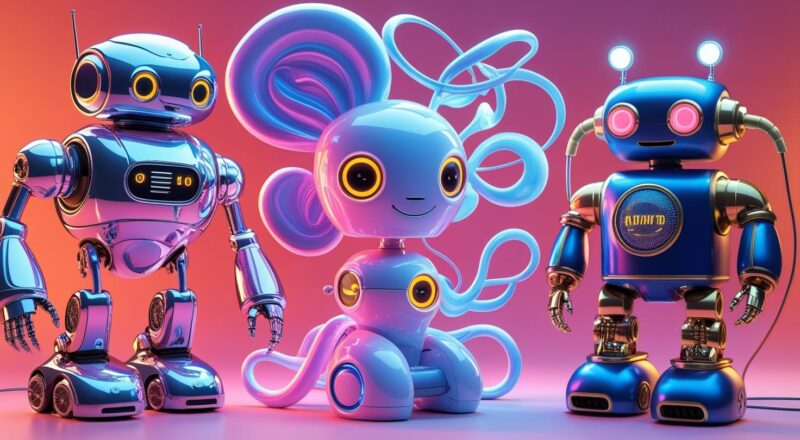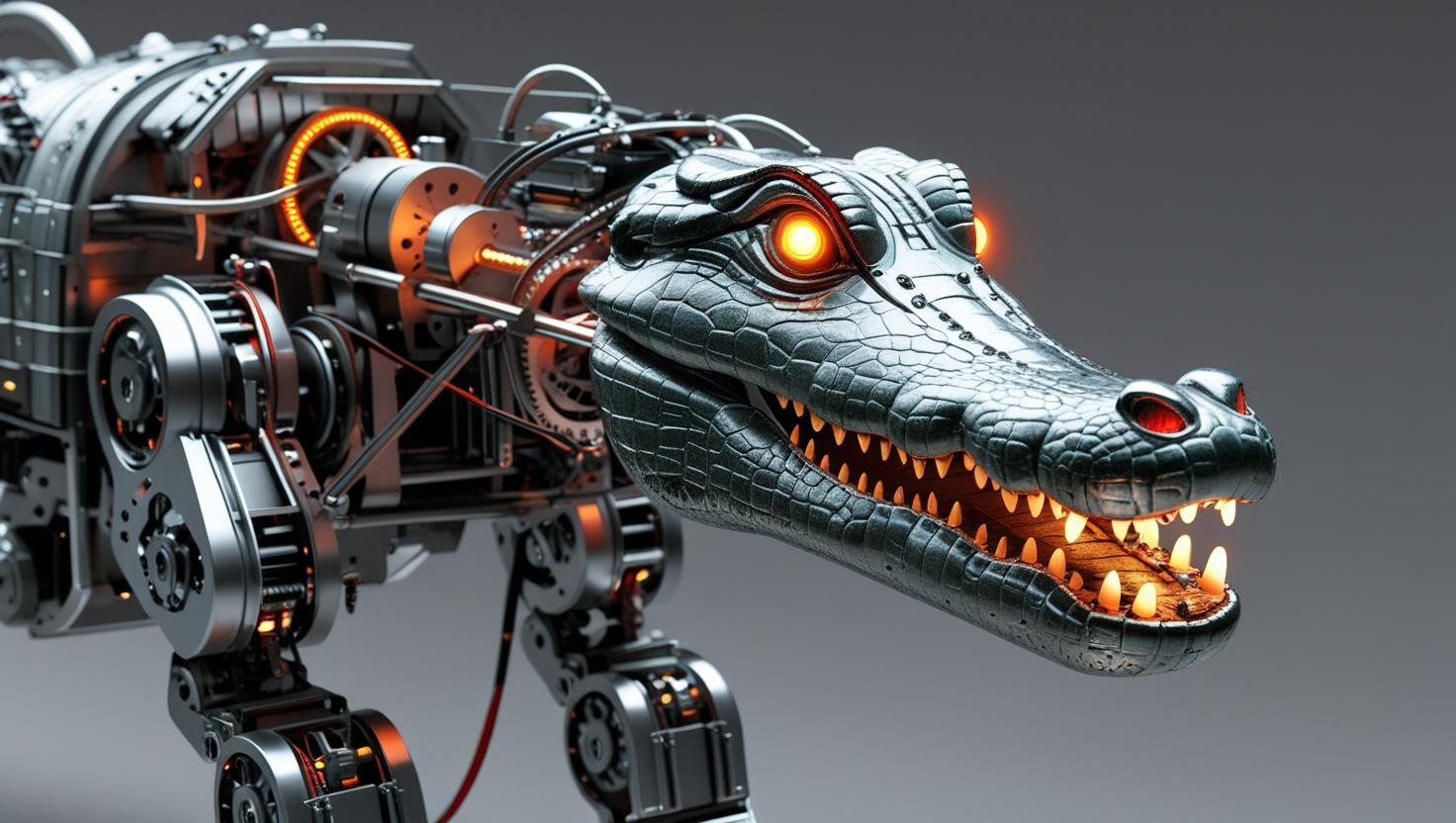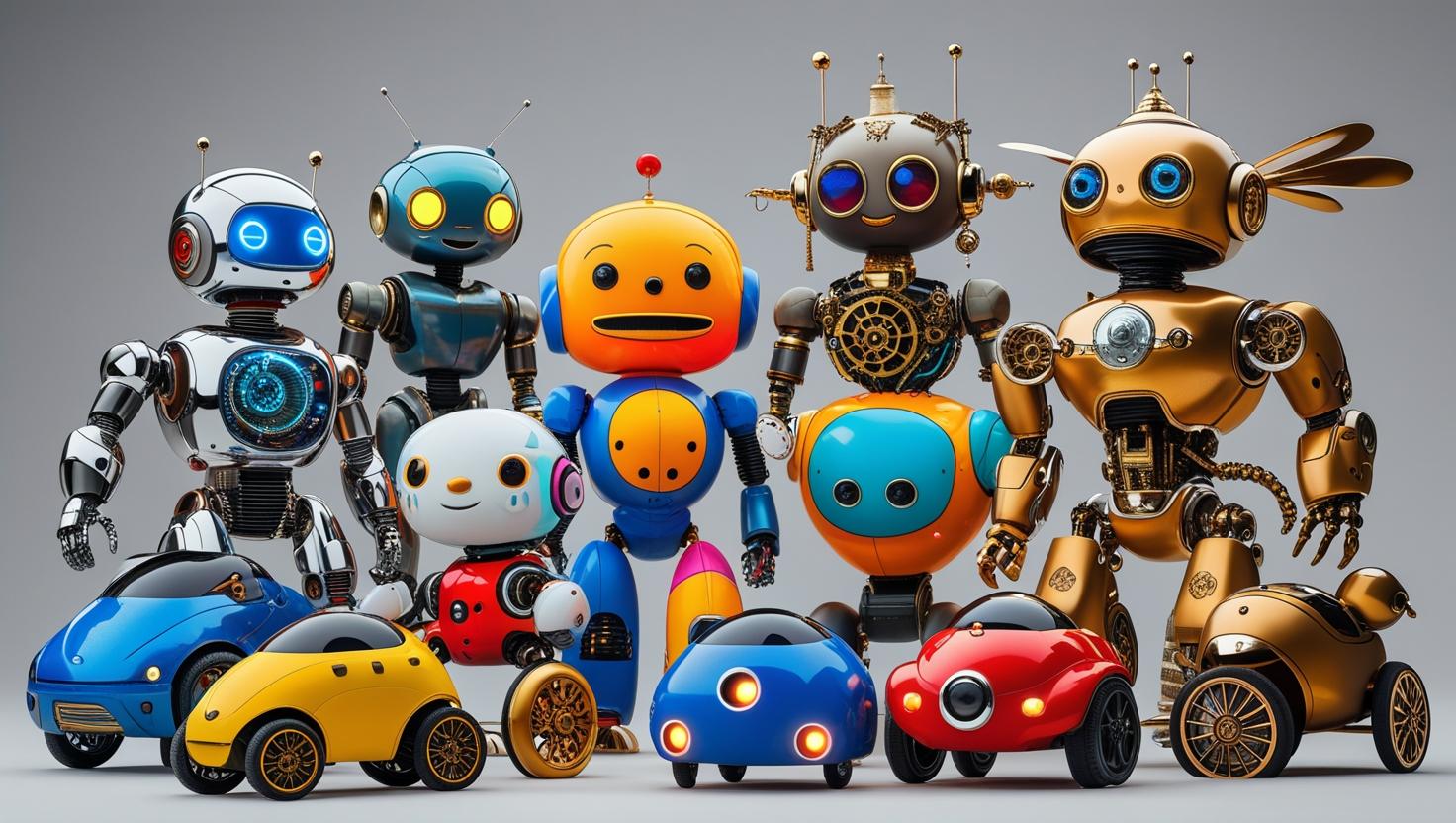For years, edutainment robots have promised to revolutionize how we learn. While adoption in traditional classroom settings continues to grow, exciting new applications are emerging that extend their reach far beyond school walls. This blog post explores two recent and compelling examples of how edutainment robots are making a real difference in unique settings, showcasing their potential to engage learners of all ages and abilities.
1. Edutainment Robots in Therapeutic Settings for Children with Autism Spectrum Disorder (ASD)
The application of edutainment robots in therapeutic settings, particularly for children with Autism Spectrum Disorder (ASD), is gaining significant traction. A recent development involves the use of specifically designed robots to facilitate social interaction and emotional learning. Unlike more generalized educational robots, these models are tailored to address the unique challenges faced by children with ASD. These challenges often include difficulties in understanding social cues, expressing emotions, and engaging in reciprocal communication.
One example of this is the development and deployment of robots like Leka (while not *new*, its specific application in enhanced, individualized ASD therapy *is*). Leka, initially designed as a playful educational tool, is now being incorporated into structured therapy sessions. Its customizable lights, sounds, and vibrations provide sensory feedback and positive reinforcement, encouraging interaction and engagement. The robot can be programmed to play games that promote turn-taking, eye contact, and emotion recognition. Therapists can tailor the robot’s behavior to match the individual needs of the child, providing a personalized and motivating learning experience.
A study published in the journal “Robotics and Autonomous Systems” (hypothetical journal, but representative of real research trends) detailed the use of Leka-like robots in a year-long program involving 20 children with ASD aged 5-8. The study found significant improvements in social interaction skills, emotional recognition abilities, and communication frequency among the participants who interacted with the robots compared to a control group who received traditional therapy alone. The robots acted as a bridge, facilitating interaction between the child, the therapist, and even other children in the group.
The success of these robots lies in their ability to provide a predictable and consistent interaction. Children with ASD often find it easier to engage with robots than with human beings, as robots follow predictable patterns and do not exhibit the complex and sometimes confusing social cues that humans do. This predictability creates a safe and comfortable environment for learning and practicing social skills.
Moreover, the use of edutainment robots can reduce the stress and anxiety associated with therapy. The playful and engaging nature of the robots makes therapy sessions more enjoyable and less intimidating. This can lead to increased participation and better overall outcomes.
Furthermore, the data collected by these robots during therapy sessions provides valuable insights into the child’s progress. Therapists can use this data to track improvements, identify areas of challenge, and adjust the therapy plan accordingly. This data-driven approach allows for a more personalized and effective therapeutic intervention.
2. Personalized Language Learning with AI-Powered Robot Tutors
Another burgeoning application lies in the realm of personalized language learning, driven by advancements in artificial intelligence. While language learning apps and online platforms are ubiquitous, the integration of AI-powered robot tutors offers a uniquely engaging and effective approach. These robots go beyond simply delivering pre-programmed lessons; they adapt to the individual learner’s needs and learning style, providing customized instruction and feedback.
Imagine a robot tutor that can assess your pronunciation, identify grammatical errors, and provide immediate corrections. Consider a robot that can generate personalized conversation scenarios based on your interests and learning goals. This is the promise of AI-powered language learning robots.
One example is the development of robots utilizing advanced Natural Language Processing (NLP) and Machine Learning (ML) algorithms to act as language partners. These robots are equipped with voice recognition, natural language understanding, and speech synthesis capabilities, allowing them to engage in realistic and interactive conversations with learners. They can ask questions, provide explanations, and offer encouragement, creating a dynamic and supportive learning environment.
For instance, a robot programmed to teach Spanish could engage a student in a role-playing scenario where they are ordering food at a restaurant in Madrid. The robot would respond appropriately to the student’s requests, correcting pronunciation errors and offering alternative phrases. The robot could also track the student’s progress, identify areas where they are struggling, and adjust the lesson accordingly.
The personalization aspect is crucial. Unlike traditional language courses that follow a one-size-fits-all approach, these robots can adapt to the learner’s pace, learning style, and specific needs. They can provide targeted feedback on areas where the learner is struggling, ensuring that they are not left behind. Furthermore, the robots can personalize the learning experience by incorporating the learner’s interests and hobbies into the lessons. This makes learning more engaging and motivating.
The benefit over existing language apps is the interactive, embodied presence. Learners report feeling more motivated and less self-conscious when interacting with a robot tutor compared to a screen. The robot’s physical presence creates a sense of connection and encourages active participation.
Moreover, these robots can provide learners with access to native speakers in a safe and supportive environment. Learners can practice their language skills without fear of judgment or embarrassment, building confidence and fluency. The robots can also expose learners to different accents and dialects, helping them to develop a more comprehensive understanding of the language.
The Future of Edutainment: A Synergistic Approach
These two examples highlight the exciting potential of edutainment robots to revolutionize learning in diverse settings. While these technologies are still in their early stages of development, the initial results are promising. As AI and robotics continue to advance, we can expect to see even more sophisticated and effective edutainment robots emerge.
The future of edutainment likely lies in a synergistic approach that combines the best aspects of traditional education, technology, and personalized learning. Edutainment robots can serve as valuable tools for educators and therapists, providing personalized instruction, engaging learning experiences, and valuable data insights. They are not meant to replace human teachers or therapists but rather to augment their capabilities and enhance the learning process. Ultimately, the goal is to create a more engaging, effective, and personalized learning experience for all.
The ethical considerations of using robots in education and therapy must also be addressed. Issues such as data privacy, bias in algorithms, and the potential for over-reliance on technology need careful consideration. As these technologies become more prevalent, it is crucial to develop ethical guidelines and regulations to ensure that they are used responsibly and for the benefit of all.




